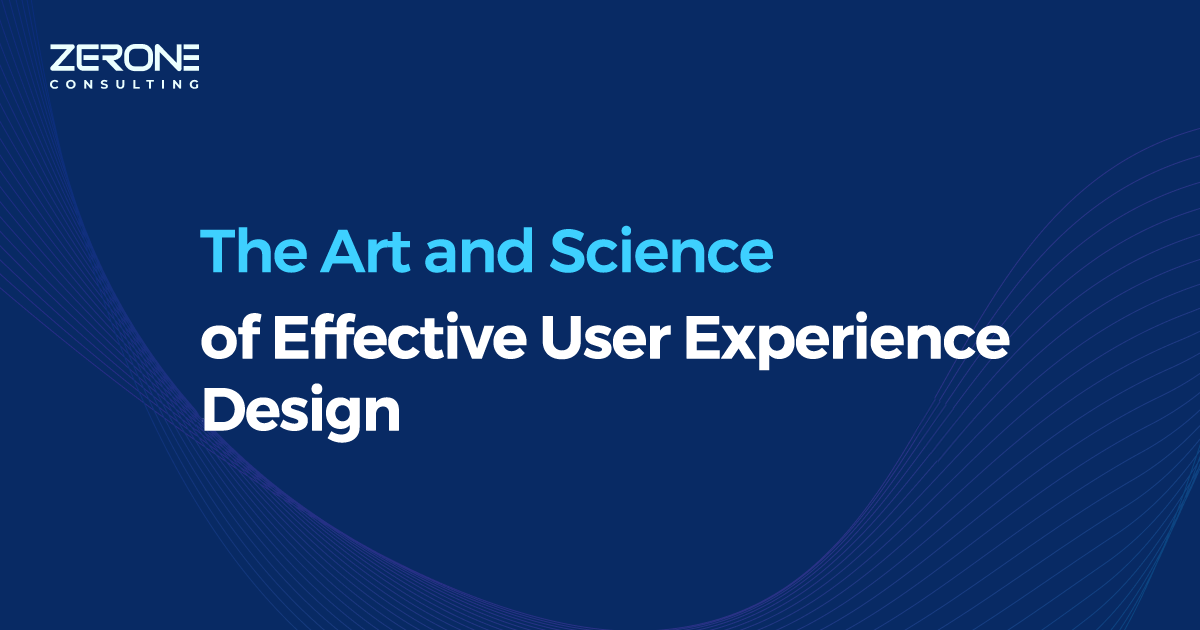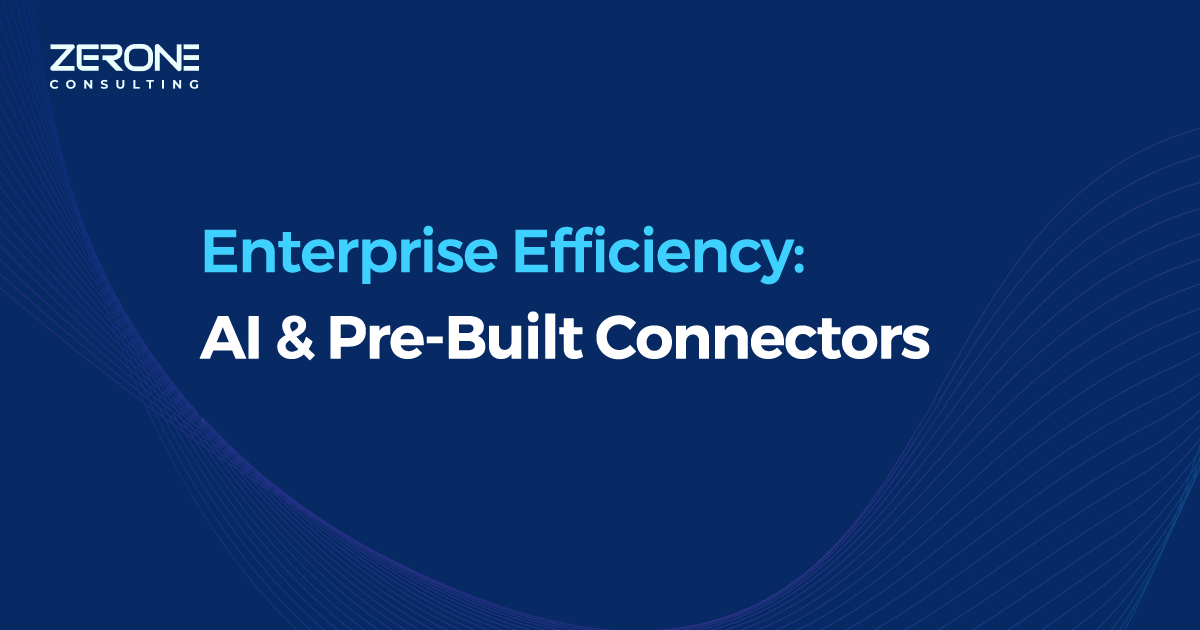How AI Is Changing the Role of Structured Data in Modern Analytics
For decades, analytics depended almost entirely on structured data. Tables, relational databases, and neatly organized columns were the norm. If your data didn’t fit that format, you had to clean, label, and reorganize it before it could be used.
That’s no longer the case.
Thanks to breakthroughs in artificial intelligence—especially natural language processing (NLP), computer vision, and multimodal models—we can now derive meaning and insights straight from unstructured data. No spreadsheets necessary. And this transformation is not only redefining how apps are built but also how people engage with them.
Structured vs. Unstructured Data: What's the Difference?
Structured data is well-organized and easy to search. Think: rows in Excel, form fields, or SQL records. It’s clean, predictable, and optimized for machines.
Unstructured data, on the other hand, covers everything else:
- Emails and text documents
- Voice memos and audio files
- Photos and videos
- Social media content
- Chat conversations
- Raw sensor output
IDC reports that over 80% of enterprise data today is unstructured—and it’s growing fast.
Historically, this kind of data was seen as “dark”: rich in value but difficult to tap without heavy preprocessing. That’s where AI steps in.
AI’s Role: From Manual Conversion to Native Understanding
Previously, analyzing unstructured data meant converting it into structured format—either by hand or with rules-based systems. But now, AI can interpret raw data directly.
Here’s how:
Natural Language Processing (NLP)
Pulls out entities, sentiments, intentions, and key terms from text.
Use cases: Document summaries, legal risk detection, extracting action items from meeting notes
Computer Vision
Analyzes images and videos to detect objects, patterns, or irregularities.
Use cases: Spotting defects in manufacturing, assessing insurance damage from photos.
Speech and Audio Analytics
Turns voice into text and examines tone, mood, and keywords.
Use cases: Evaluating customer service calls for satisfaction and agent performance.
Multimodal AI
Handles mixed data types like text, images, and audio together.
Use cases: Merging X-rays, doctor notes, and lab results for smarter medical diagnosis.
These tools allow apps to meet users where they are. Instead of formatting input, users can just speak, upload a file, or scan a form—AI handles the rest.
Industries That Gain the Most from AI-Driven Unstructured Data Analytics
Some sectors work with unstructured data by default. Thanks to AI, they no longer need to restructure it first:
1. Healthcare
Common Unstructured Data: Doctor notes, lab reports, scans
AI-Powered Use Cases: Diagnosis support, patient risk profiling
2. Legal
Common Unstructured Data: Contracts, transcripts, case files
AI-Powered Use Cases: Clause detection, legal research
3. Insurance
Common Unstructured Data: Claims descriptions, photos
AI-Powered Use Cases: Fraud detection, automated claims analysis
4. Media & Entertainment
Common Unstructured Data: Videos, articles, social posts
AI-Powered Use Cases: Content tagging, sentiment analysis
5. Customer Support
Common Unstructured Data: Chat logs, emails, call recordings
AI-Powered Use Cases: Issue classification, satisfaction tracking
6. Manufacturing
Common Unstructured Data: Sensor data, maintenance logs
AI-Powered Use Cases: Predictive maintenance, quality inspections
Better User Experience, Faster Insights
One of the biggest user-focused benefits of this AI shift? A dramatically improved user experience.
Before AI:
Users had to format data to make it usable.
That meant filling out forms or manually entering info.
With AI:
Apps now accept natural, unstructured input.
AI does the parsing, analyzing, and insight generation behind the scenes.
This leads to fewer steps and faster results.
Challenges Still Remain
Even though AI handles unstructured data impressively, structured data still has its place. Key challenges include:
- Data quality and noise: Messy input can confuse models unless they’re fine-tuned.
- Bias and accuracy: AI must be trained on diverse and representative data.
- Explainability: Structured data often provides more transparent audit trails, which are essential in regulated industries.
Hybrid strategies—where AI extracts structured insights from raw input—might be the best of both worlds.
Looking Ahead
As AI evolves, our development practices must follow. For data-heavy fields, clinging to traditional structured workflows doesn’t make sense anymore.
The future lies in AI-native applications—tools built from scratch to work with the real-world messiness of unstructured data.
This doesn’t just help analysts. It empowers everyone—doctors, lawyers, agents, even end customers—by letting them interact with systems in a natural, intuitive way.
Final Thought
The real question isn’t “How do we structure this data for analysis?”
It’s “How can AI help us analyze the data exactly as it is?”
And that’s the kind of question today’s forward-thinking teams should be asking.
We can help!



